The Stronger Together project elected to use an audit tool developed by The Australian Alliance for Social Enterprise (TAASE) at the University of South Australia called Citizen Science Approach. We partnered with the University of Ottawa to adapt the tool so that we can measure dementia inclusivity in our communities.

